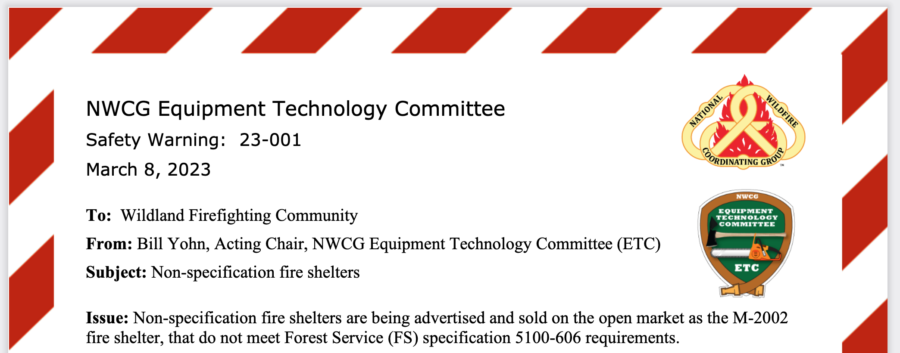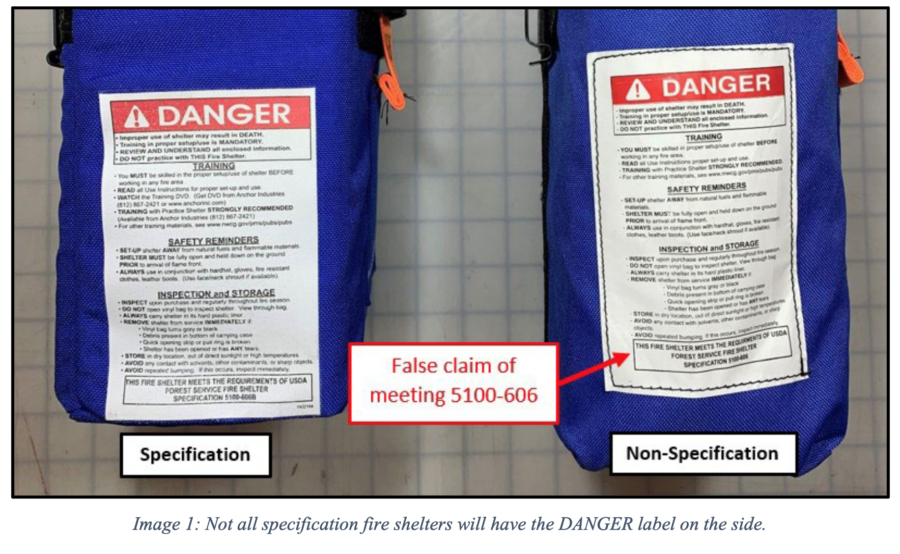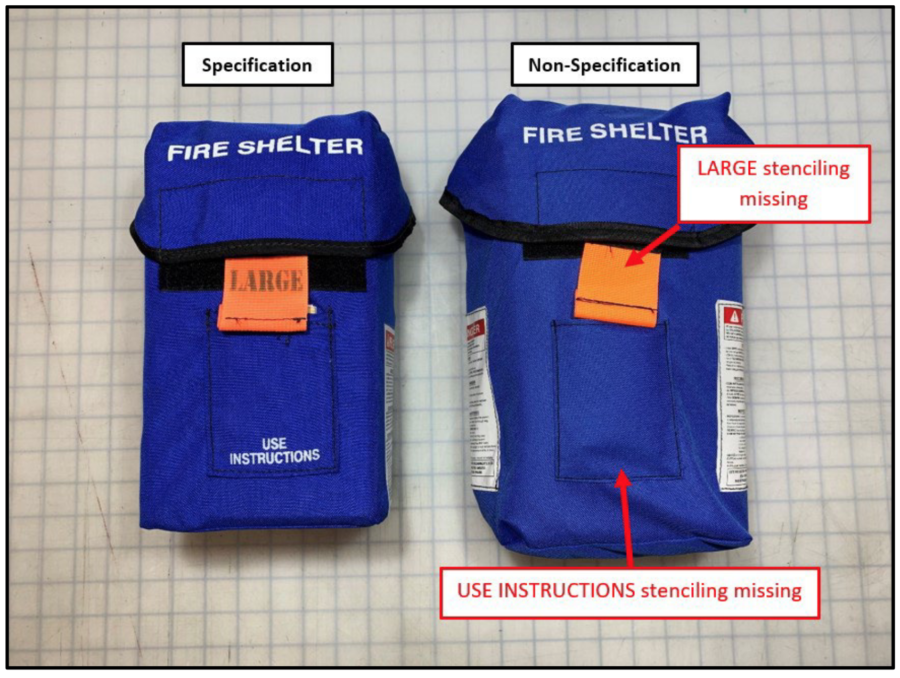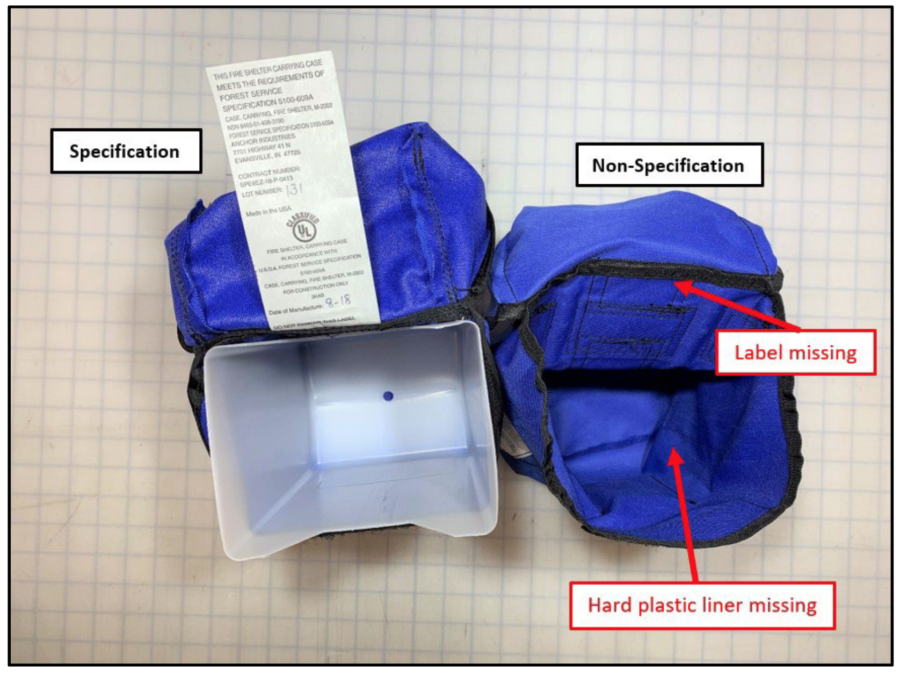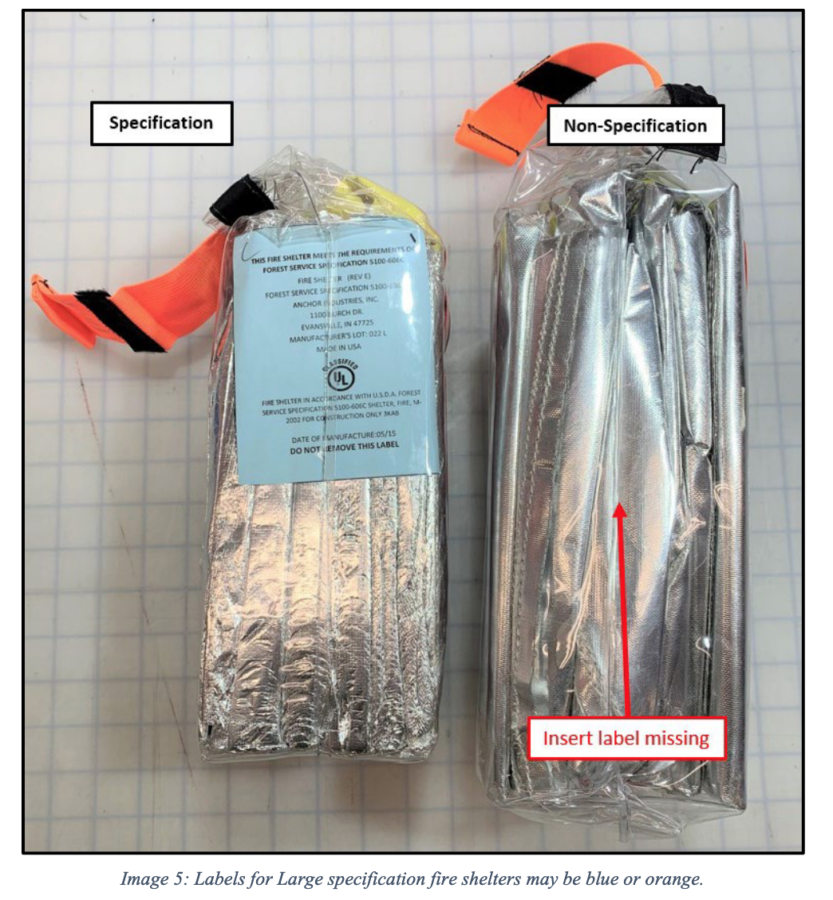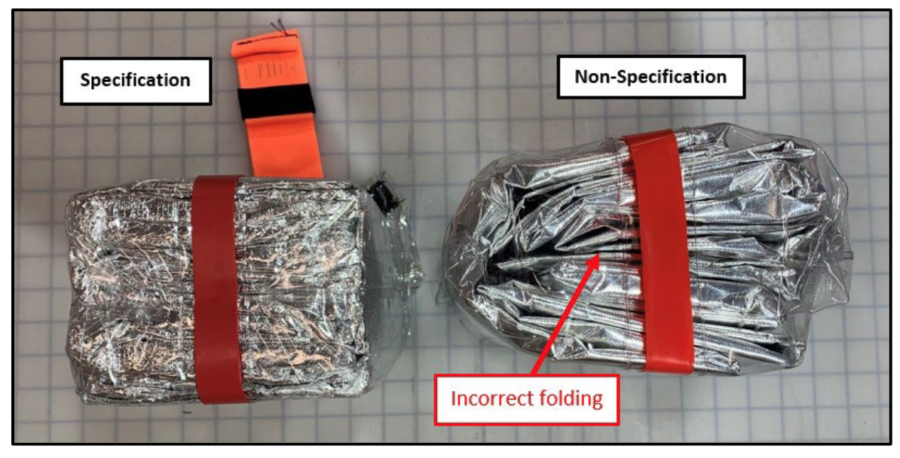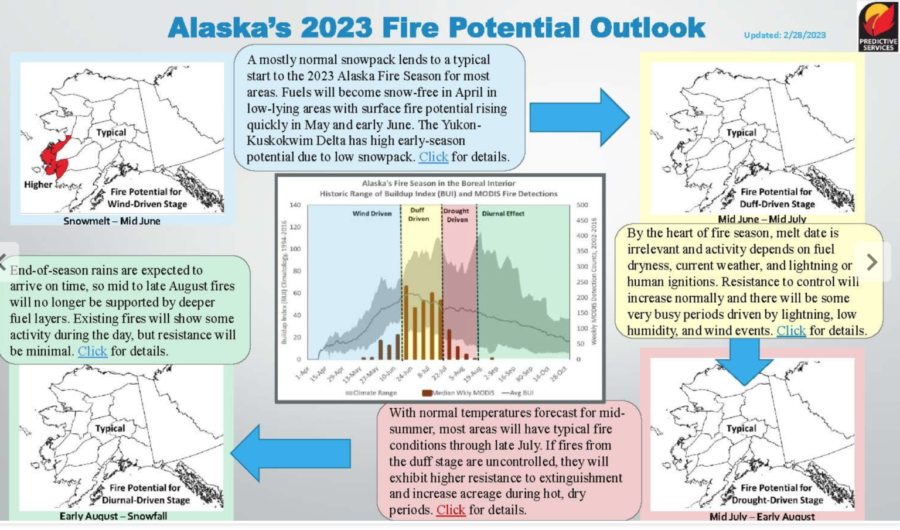Secretary of the Interior Deb Haaland announced on Sunday more than $21 million in new funding for wildfire risk reduction; she spoke during a press conference with Senator Jeff Merkley at the Oregon Department of Forestry Southwest District headquarters, according to a report by KEZI-TV News in Eugene, Oregon.
She said fire management agencies plan fuel management work on more than 170,000 acres in Oregon this year.
District Forester Mike Shaw said there’s good news with better snowpack this year. “I do project that we’re going to have another challenging fire season,” he said. “All hands on deck is the approach that we’re taking and all wildland fire agencies are working together.”
Senator Jeff Merkley, chairman of the Subcommittee on Interior, Environment, and Related Agencies, joined Haaland and Shaw to emphasize their collaboration on wildfire prevention. “We’re really focusing on the front end of forest treatment and on the back end of having the resources to fight the fires,” Merkley said. “The key word here is collaboration.”
Aside from the millions in federal funding allotted from his bipartisan infrastructure law, Haaland said that President Biden is also supporting increased pay, better housing, and more full-time jobs for firefighters.
Vice President Kamala Harris joined other national leaders in the nation’s capitol to announce the new funding to help protect high-risk communities. “Our acres of burned land have doubled,” Harris said. “We need to change how we think about how we respond to fires. We need to prevent them, not just respond after they’ve started.”
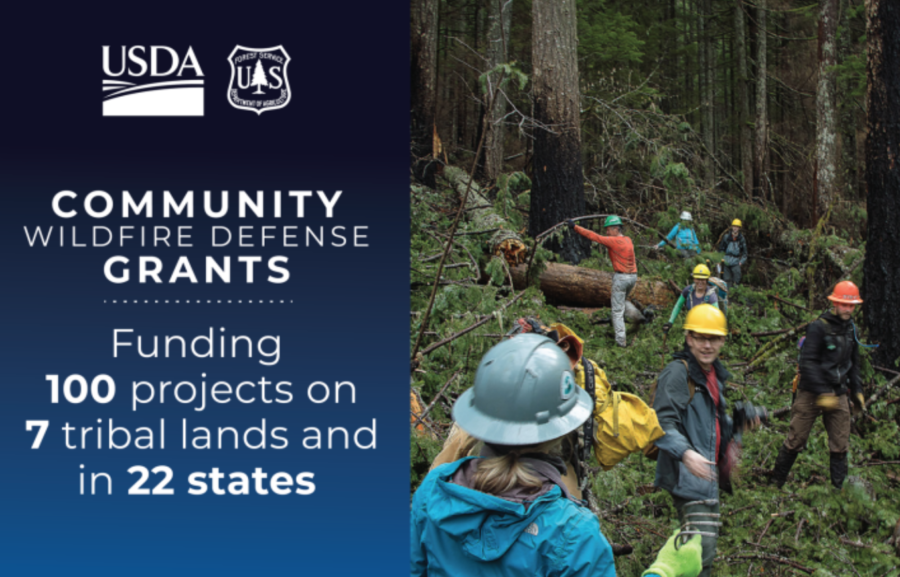
KRDO News reported that $197 million in federal funding will be made available this year to 100 communities in 22 states and 7 Native American tribes. “There were 36 states and 45 tribes that applied for the funding,” Harris said. “This is the result of legislation I started years ago while I was in the Senate.”
She said she was motivated by recent destructive fires in her home state of California. “This will be the first of many grants,” she said. “We’re committing $1 billion over the next four years and $7 billion over the next ten years.”

